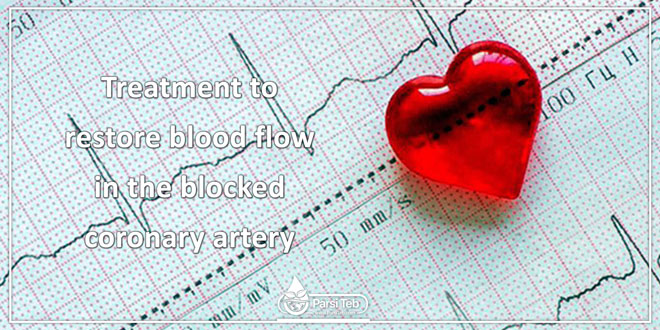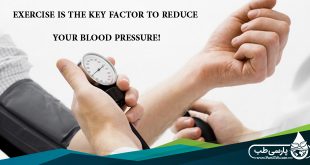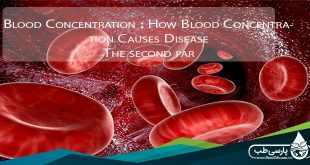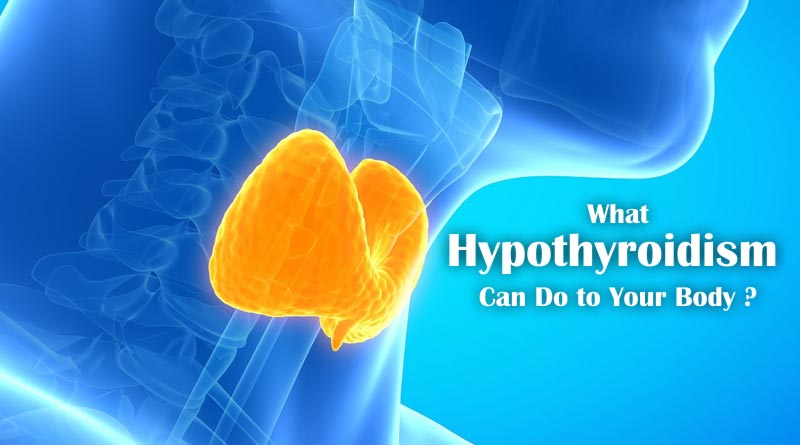Treatment to restore blood flow in the blocked coronary artery
The part of the heart muscle starved of blood does not die (infarct) immediately. If blood flow is restored within a few hours, much of the heart muscle that would have been damaged will survive. This is why an MI is a medical emergency, and treatment is given urgently. The quicker the blood flow is restored, the better the outlook.
There are two treatments that can be done to restore blood flow back through the blocked artery:
Emergency angioplasty is, ideally, the best treatment if it is available and can be done within a few hours of symptoms starting. In this procedure a tiny wire with a balloon at the end is put into a large artery in the groin or arm. It is then passed up to the heart and into the blocked section of a coronary artery using special X-ray guidance. The balloon is blown up inside the blocked part of the artery to open it wide again. A stent may be left in the widened section of the artery. A stent is like a wire mesh tube which gives support to the artery and helps to keep the artery widened. See separate leaflet called ‘Angioplasty’ for details.
An injection of a ‘clot busting’ drug is an alternative to emergency angioplasty. In reality, this is the more common treatment as it can be given easily and quickly in most situations. Some ambulance crews are trained to give this treatment. Note: a common ‘clot buster’ drug used in the UK is called streptokinase. If you are given this drug you should not be given it again if you have another MI in the future. This is because antibodies develop to it and it will not work so well a second time. An alternative ‘clot buster’ drug should be given if you have another MI in the future.
Both the above treatments usually work well to restore blood flow and greatly improve the outlook. The most crucial factor is the quickness in which one or other treatment is given after symptoms have developed.
A beta-blocker drug
Beta-blocker drugs block the action of certain hormones such as adrenaline. These hormones increase the rate and force of the heartbeat. Beta-blocker drugs have some protective effect on the heart muscle and they also help to prevent abnormal heart rhythms from developing.
Beta-blocker drugs will also help to prevent having either another myocardial infarction.
Insulin
Some people have a raised blood sugar level when they have a myocardial infarction, even if they do not have diabetes. If this occurs, then your blood sugar levels may need to be controlled with insulin. If you have diabetes then it is also likely that you will need to be treated with insulin to control your blood glucose levels when you are in hospital.
Oxygen
You may be given oxygen which works to reduce the risk of damage to your heart muscle.
Treatment after you have had a myocardial infarction
Once you have had an MI, you will normally be advised to take regular medication for the rest of your life. See separate leaflet called ‘Medication After a Myocardial Infarction’ which discusses this more fully. Briefly, the following four drugs are commonly prescribed to help prevent a further MI, and to help prevent complications.
Aspirin – to reduce the ‘stickiness’ of platelets in the blood which helps to prevent blood clots forming. If you are not be able to take aspirin then an alternative anti-platelet drug such as clopidogrel may be advised.
A beta-blocker drug – to slow the heart rate and to reduce the chance of abnormal heart rhythms developing.
An ACE inhibitor drug (angiotensin converting enzyme inhibitor). ACE inhibitor drugs have a number of actions including having a protective effect on the heart.
A statin drug to lower the cholesterol level in your blood. This helps to prevent the build-up of atheroma.
Also, you will normally be advised to take the antiplatelet drug clopidogrel in addition to aspirin. However, this is usually only advised for a number of weeks or months, depending on the type and severity of your MI.
Many people recover well from an MI and have no complications. Before discharge from hospital it is common for a doctor or nurse to advise you how to reduce any risk factors (see above). This advice aims to reduce your risk of a future MI as much as possible.
Other drugs or treatments may be needed if you develop complications. For example, treatments for heart failure may be needed if you develop heart failure as a complication after an MI.
How serious is a myocardial infarction?
This often depends on the amount of heart muscle that is damaged. In many cases only a small part of the heart muscle is damaged (infarcts or dies) which heals as a small patch of scar tissue. The heart can usually function normally with a small patch of scar tissue. A larger MI is more likely to be life-threatening or cause complications.
Even before treatments became available to restore blood flow such as ‘clot busting’ drugs and angioplasty, many people make a full recovery as many MIs are small. With the help of modern treatment, particularly if you are given treatment within a few hours to restore blood flow, a higher percentage of people now make a full recovery.
Some possible complications that may occur after an MI include the following:
Heart failure. If a large area of the heart muscle is damaged, then the pumping ability of the heart may be reduced. Less blood than usual is then pumped around the body, especially when extra blood is needed when you exercise. Symptoms such as breathlessness, tiredness, and swollen ankles may develop. Mild heart failure can often be treated with medication. Severe heart failure can be serious and even life-threatening.
Abnormal heart rhythms may occur if the electrical activity of the heart is affected. The main risk of this happening is within the first few hours after an MI. Sudden, chaotic, fast heart beats may occur. This is called ventricular fibrillation and is the common cause of cardiac arrest. This needs immediate treatment with an electrical shock given by a defibrillator. Otherwise, collapse and sudden death is likely. Other less serious abnormal heart rhythms can also occur following an MI which can often be treated with drugs.
A further MI may occur sometime in the future. This is more likely if the coronary arteries are badly affected with atheroma, or further build up of atheroma continues. If the risk of this is thought to be high then surgery may be advised to bypass or widen severely narrowed coronary arteries.
The most crucial time is during the first day or so. If no complications arise, and you are well after a couple weeks, then you have a good chance of making a full recovery. A main objective then is to get back into normal life, and to minimise the risk of a further MI.
After having a myocardial infarction
After recovering from an MI, it is natural to wonder if there are any ‘dos and don’ts’. In the past, well-meaning but bad advice to “rest and take it easy from now on” caused some people to become over-anxious about their hearts. Some people gave up their jobs, hobbies, and any activity that caused exertion for fear of ‘straining the heart’.
However, quite the opposite is true for most people who recover from an MI. Regular exercise and getting back to normal work and life is usually advised. Much can be done to reduce the risk of a further MI. See separate leaflet called ‘After a Myocardial Infarction’ which is discusses this more fully.
Appendix: what is acute coronary syndrome?
The term acute coronary syndrome is a term that is used more and more by doctors. It covers a range of disorders (including MI) that are caused by the same underlying problem. The underlying problem is a sudden reduction of blood flow to part of the heart muscle. This is caused by a blood clot that forms on a patch of atheroma within a coronary artery (which is described earlier).
The types of problems range from unstable angina (when the blood clot causes a reduced blood flow, but not a total blockage so the heart muscle supplied by the affected artery does not infarct (die)) to an actual myocardial infarction. See separate leaflet called Acute Coronary Syndromes for more information.
 Parsi Teb Physical and Mental Health Journal
Parsi Teb Physical and Mental Health Journal 



